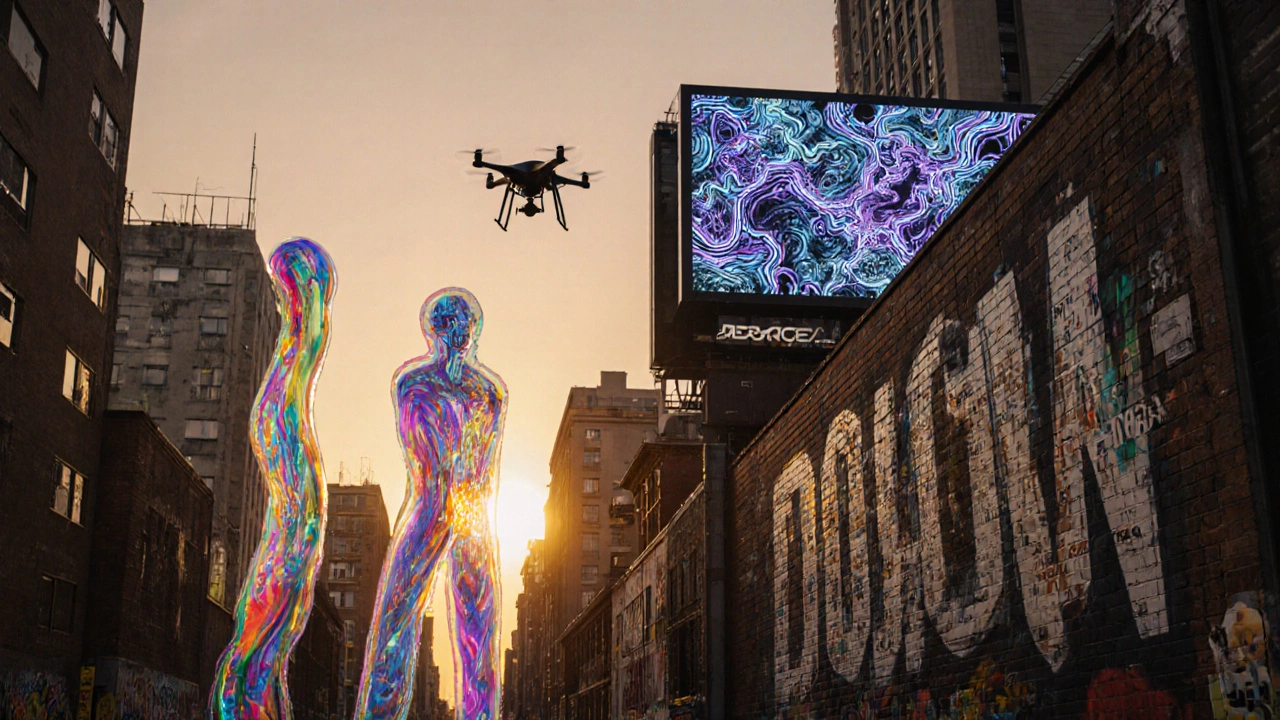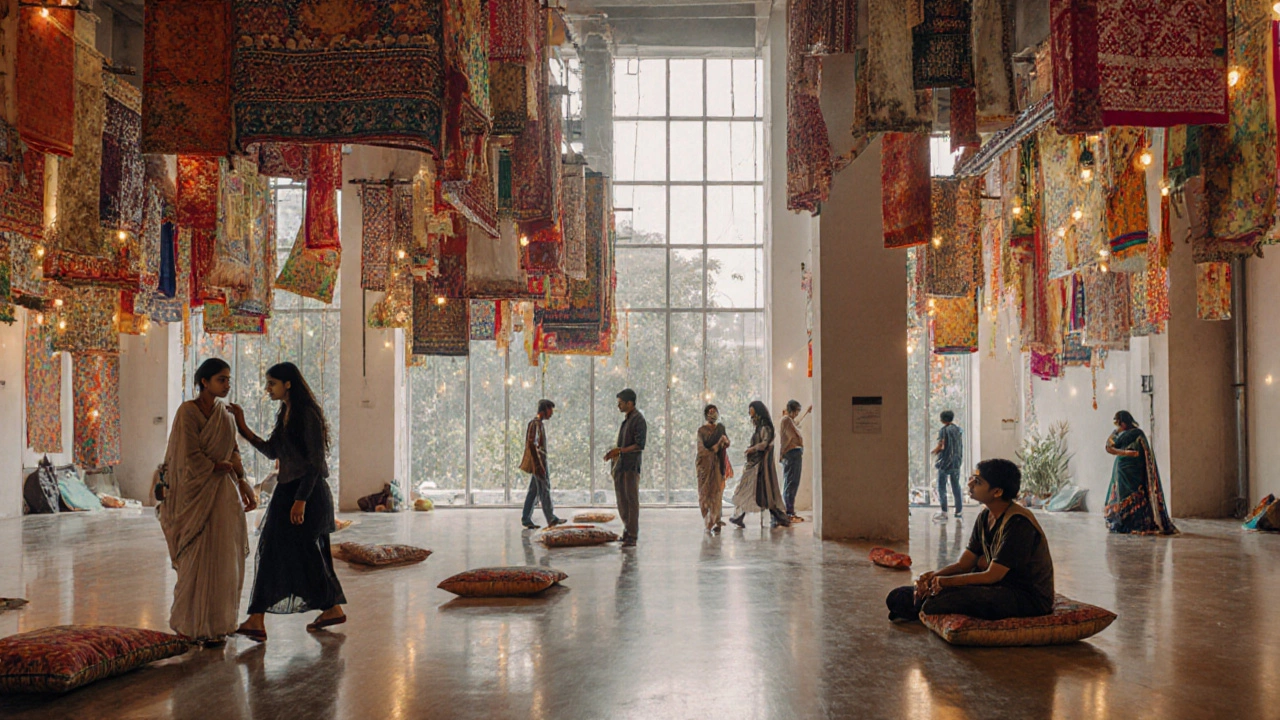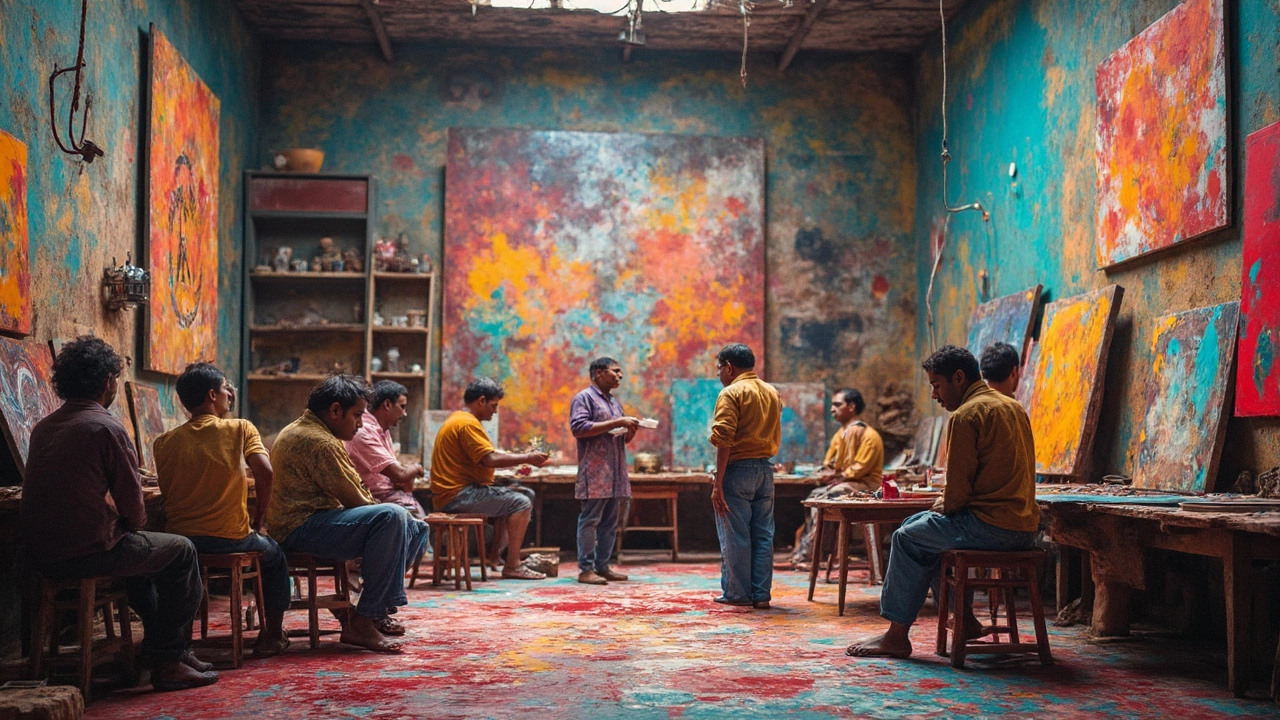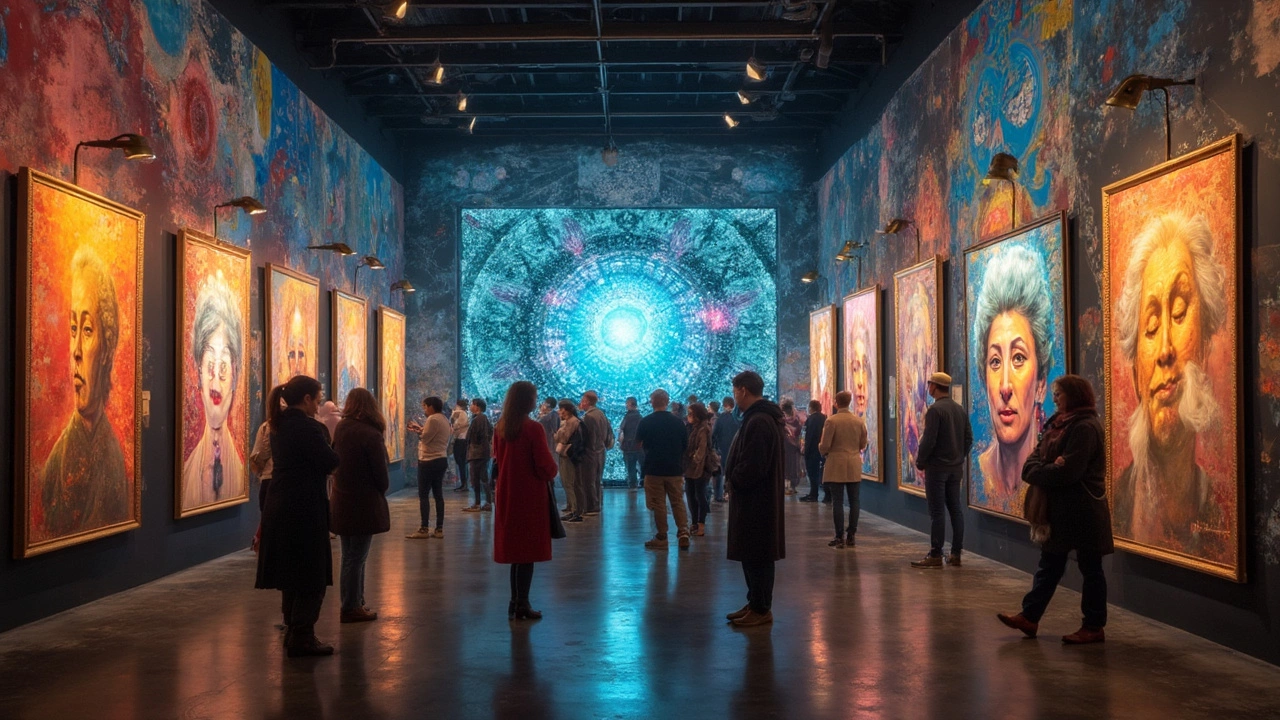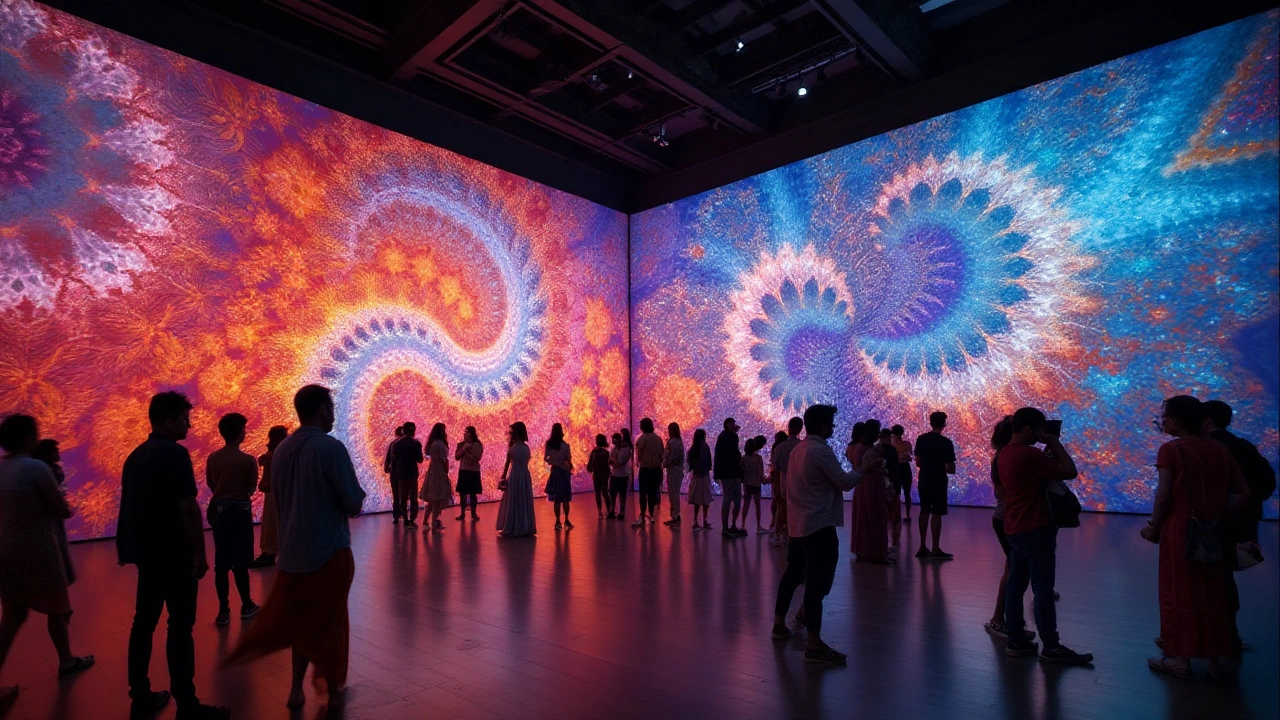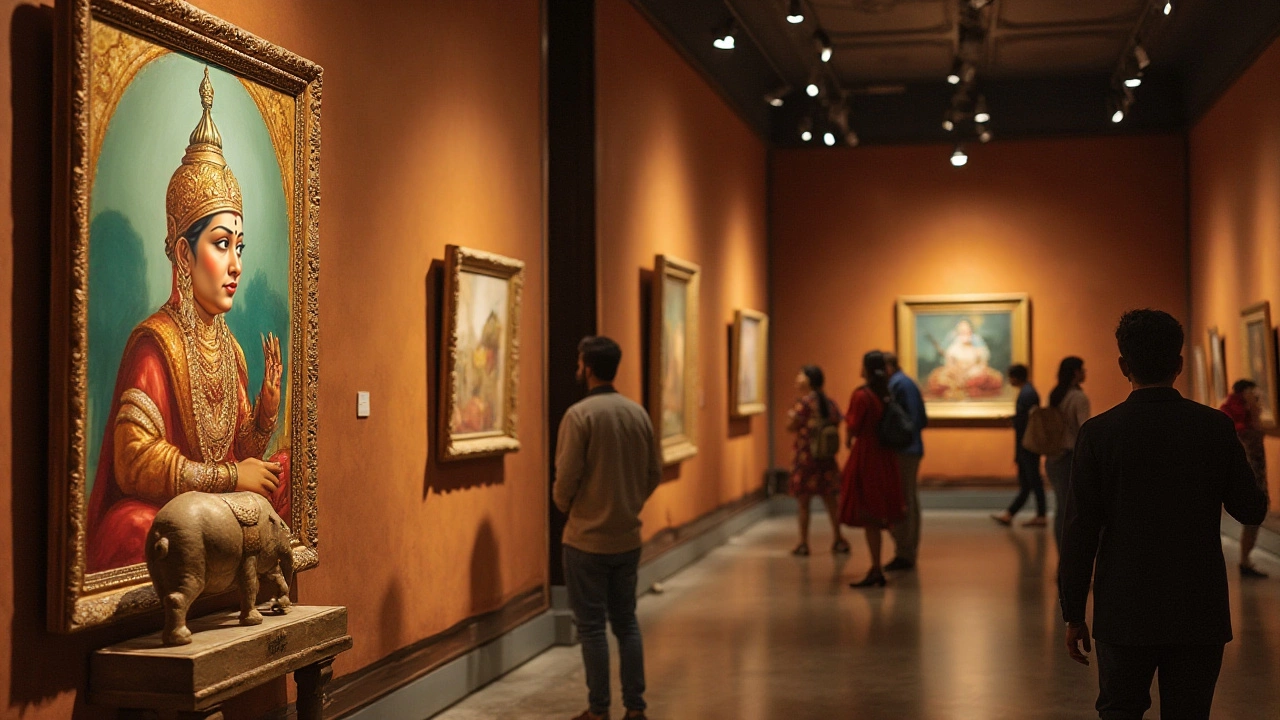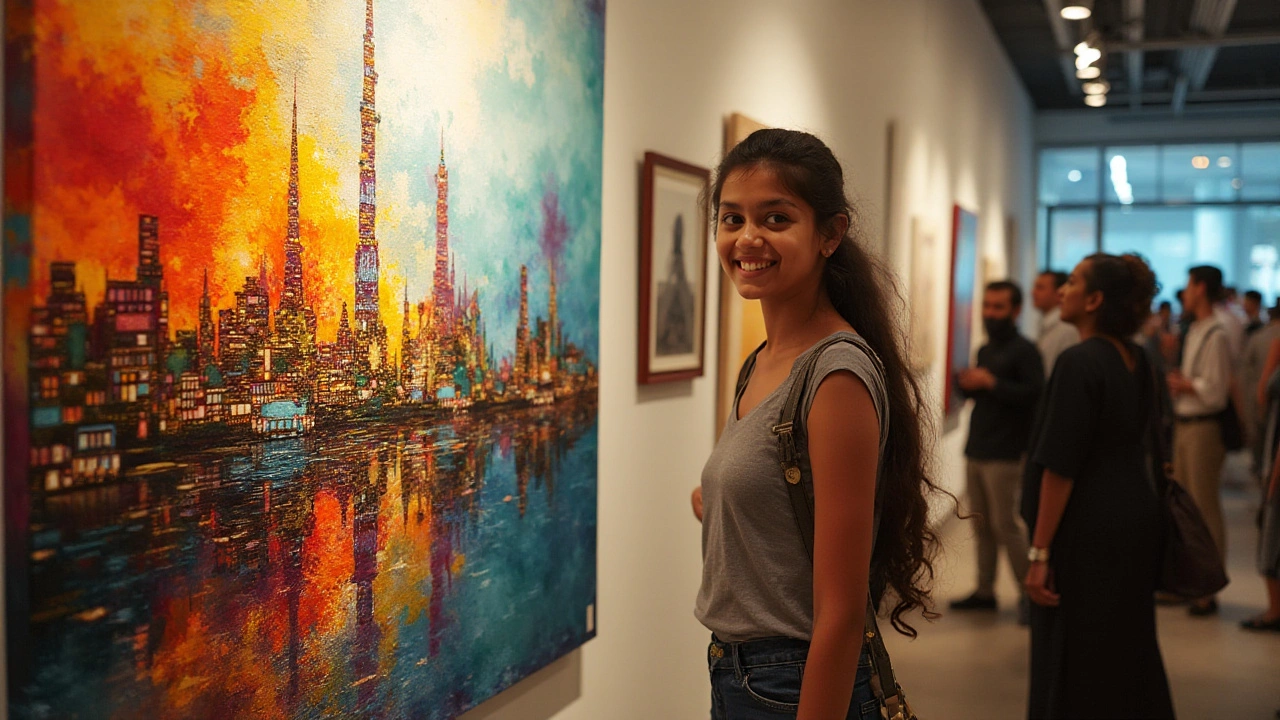Contemporary Art: What’s Hot, Why It Matters, and Where to Find It
Ever walked past a city wall and wondered if the splash of color is just graffiti or something bigger? That’s contemporary art in action. It’s the art of today, shaped by technology, culture, and the urge to question everything. If you’re curious about why this scene feels different from classic paintings, you’re in the right place.
Big Forms Shaping the Scene
From massive installations that fill whole rooms to tiny digital sketches you see on a phone, contemporary art wears many faces. Installations, performance pieces, digital art, and street art are the five core forms that dominate galleries and streets alike. Each form pushes a boundary—installations make you move, performances ask you to feel, digital art blends code with color, and street art turns public spaces into galleries.
One popular way to understand these forms is a quick chart that lines up what they look like, where you can see them, and why they matter. For example, a street mural might spark a community conversation, while an AI‑generated piece challenges what we call “creativity.” Knowing the basics helps you spot trends the next time you scroll through Instagram or wander a museum.
Why AI and Street Art Are Changing the Game
Artificial intelligence is no longer a sci‑fi gimmick; it’s a brush in many artists’ toolkits. AI‑generated art blends algorithmic patterns with human intention, creating images that feel both familiar and uncanny. This shift has sparked debates about authorship, but it also opens doors for fresh visual languages that weren’t possible before.
Street art, on the other hand, has gone from illegal tagging to legit commissions. Many artists now earn money through brand partnerships, limited‑edition prints, and even NFT drops. The streets become a testing ground for ideas that later land in galleries, proving that the line between “high” and “low” art is blurrier than ever.
If you’re trying to tell fine art from contemporary work, look at the themes. Fine art often celebrates technique and timeless subjects, while contemporary pieces react to current events, technology, and social movements. That distinction helps collectors decide what fits their taste and budget.
So, where can you see all this action? Check out local art festivals, museum special exhibitions, and online platforms that showcase AI and street projects. Some bloggers even compare the seven core forms in a handy side‑by‑side list—great for quick reference.
Bottom line: contemporary art isn’t just something you see in a white‑walled gallery. It lives on your phone screen, on city walls, and even in the code that runs your favorite apps. By keeping an eye on the trends—AI collaborations, bold street pieces, and immersive installations—you’ll stay ahead of the curve and maybe even spot the next big thing before it hits the mainstream.
